US and China Reach Trade 'Deal' After High-Level Talks in Switzerland
Both nations report progress following the first face-to-face meeting since a sharp escalation in tariffs.
The United States and China have reached a tentative trade agreement following a weekend of high-level, closed-door negotiations in Geneva, Switzerland. The talks, described by both sides as productive and candid, marked the first direct engagement since President Donald Trump imposed sweeping tariffs on Chinese imports earlier this year.
US Treasury Secretary Scott Bessent hailed the talks as “constructive,” while China’s Vice Premier He Lifeng called them “in-depth” and “significant.” Though the White House referred to the outcome as a “trade deal,” no specific terms have yet been disclosed. A joint statement is expected on Monday.
The summit came in the wake of mounting tensions, with the US recently enforcing a 145% tariff on Chinese goods, prompting Beijing to retaliate with a 125% levy on selected US products. The tit-for-tat measures sparked volatility in financial markets and raised concerns about a looming global recession.
Following the talks, US Trade Representative Jamieson Greer said the agreement would help reduce the country’s staggering $1.2 trillion trade deficit. Bessent emphasized the “substantial progress” in de-escalating the trade conflict, while He Lifeng noted the broader implications for global economic stability.
China and the US also agreed to establish a formal economic and trade consultation mechanism to maintain dialogue going forward. Ngozi Okonjo-Iweala, the World Trade Organization’s inspector general, welcomed the development, urging both nations to capitalize on the momentum.
Global markets reacted positively. Stock indices in mainland China and Hong Kong rose on Monday, and the Chinese yuan strengthened against the dollar. US markets are also expected to open higher.
Experts were cautiously optimistic. Frank Lavin, former undersecretary for international trade, predicted gradual tariff reductions but warned that duties would still remain “well above historical norms.” Andrew Wilson of the International Chamber of Commerce called for substantial tariff cuts, suggesting levels above 20% would remain disruptive to global trade.
However, skepticism remained. Deborah Elms of the Hinrich Foundation warned that many issues, including reciprocal tariffs, might remain unresolved. “I expect mostly an agreement to keep talking,” she said.
President Trump characterized the talks as a “total reset” in the bilateral relationship. He posted on social media that “GREAT PROGRESS” had been made, emphasizing a friendlier tone in negotiations.
Still, Washington has made clear that tariff reductions will not be unilateral. Ahead of the talks, White House Press Secretary Karoline Leavitt stated that China would need to make its own concessions.
Beijing’s state media reported that China chose to engage with Washington after weighing global expectations and domestic economic interests. The country has faced mounting pressure, with many exporters struggling to cope with US tariffs.
In the US, the economy contracted by 0.3% in the first quarter, partly due to companies rushing to beat tariff deadlines.
The trade war escalated last month when President Trump declared “Liberation Day” and announced a blanket tariff on all imports. Sixty countries, including China and the EU, faced elevated rates, which the White House said targeted the “worst offenders” of unfair trade practices.
In a separate development, the US reached a partial deal with the UK, agreeing to lower car import tariffs from 25% to 10% on up to 100,000 vehicles annually—the same number exported by the UK last year.




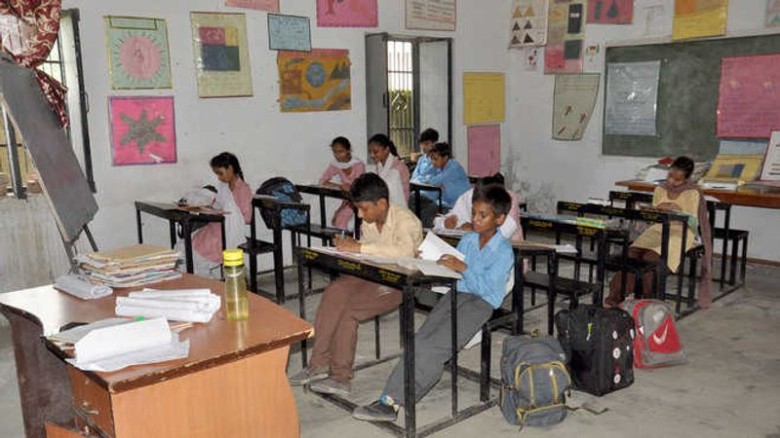




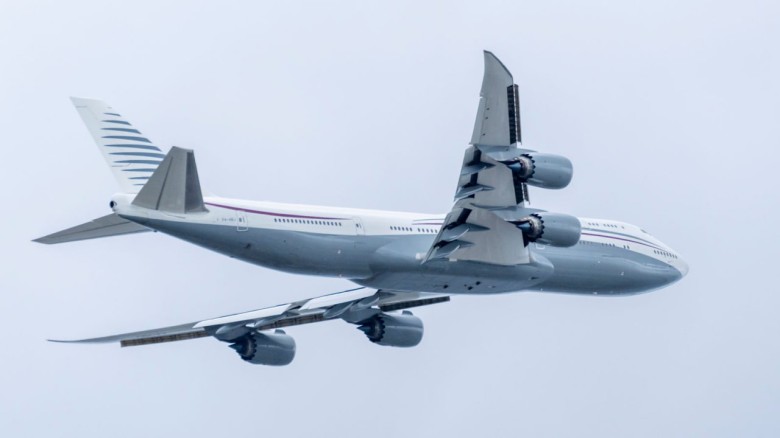



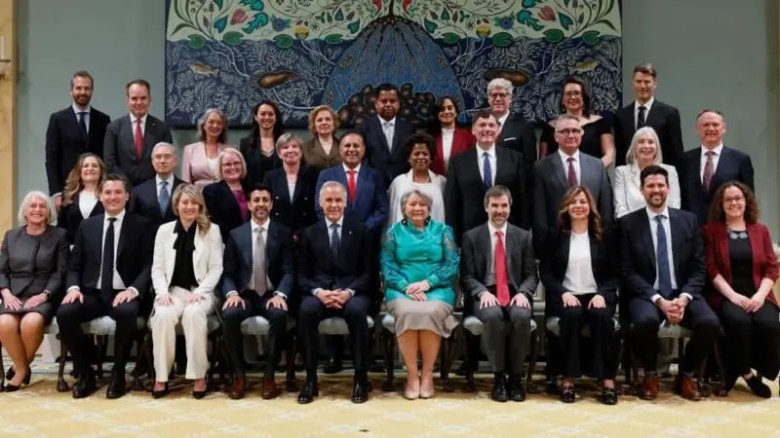


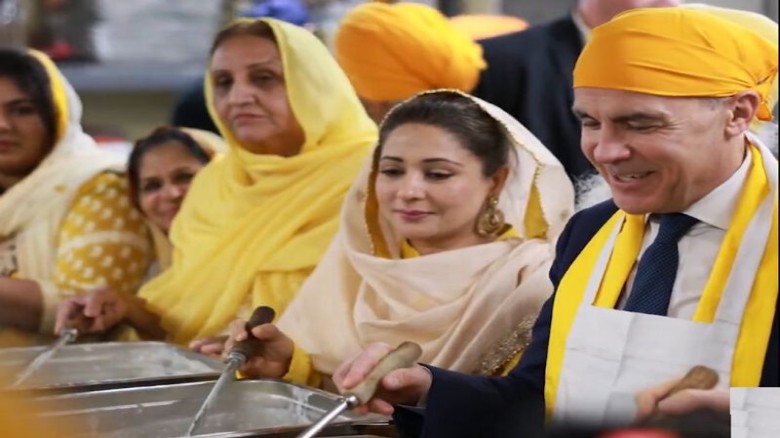


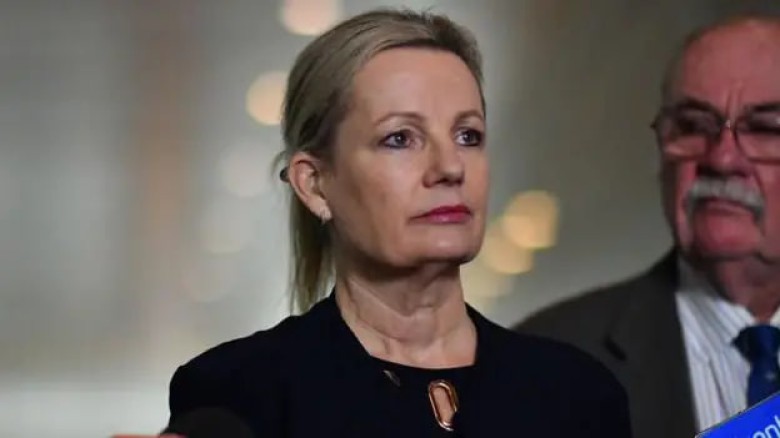

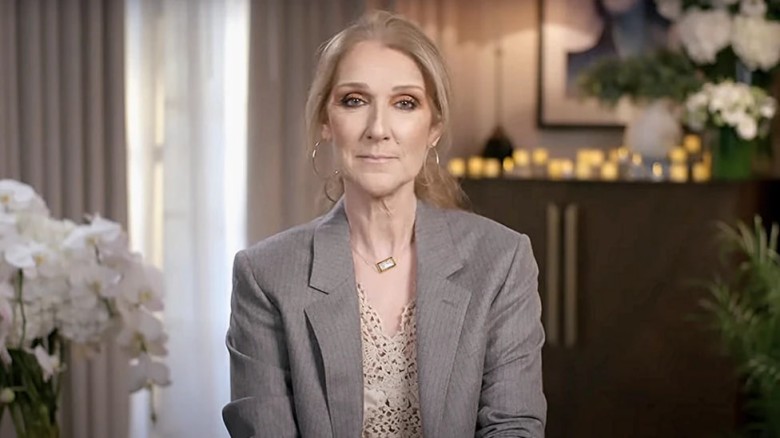


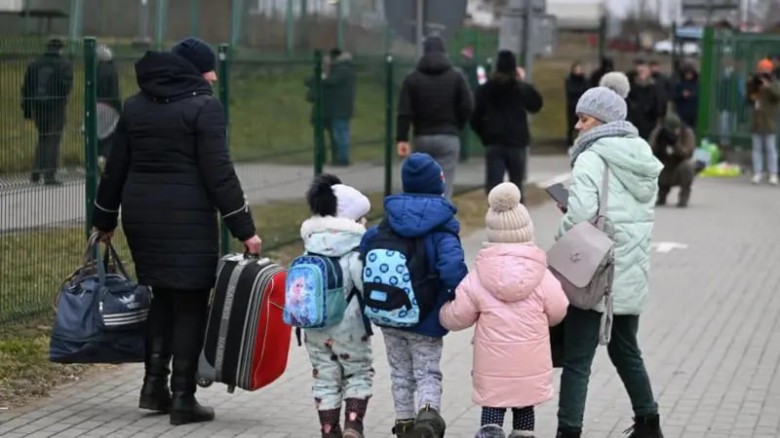







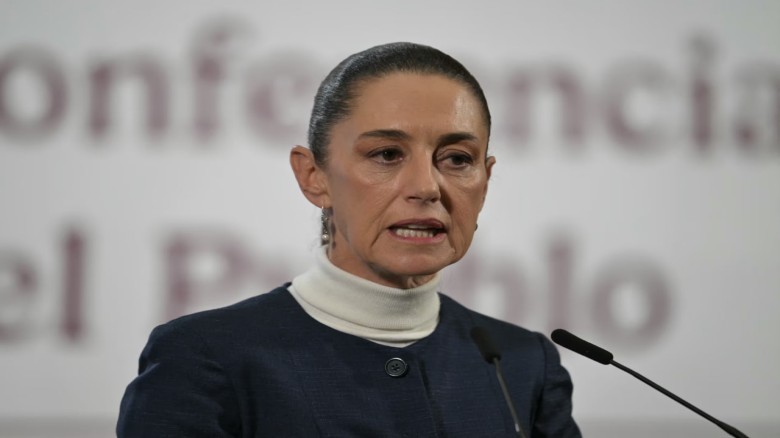

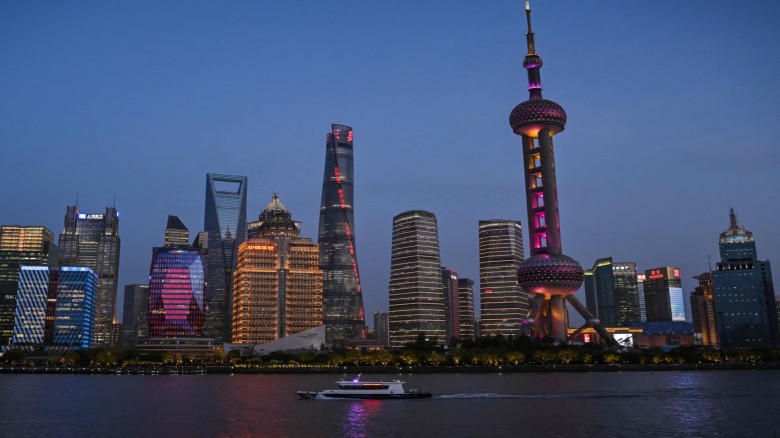
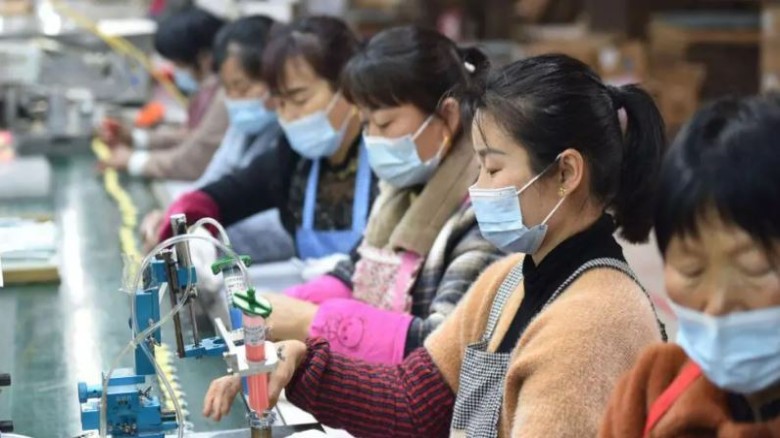

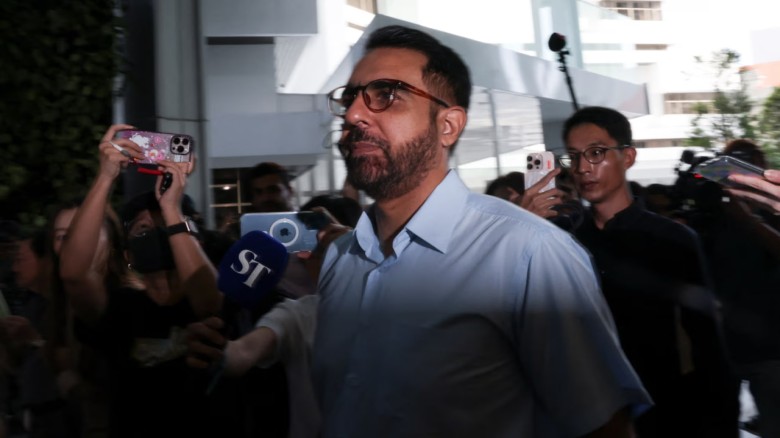





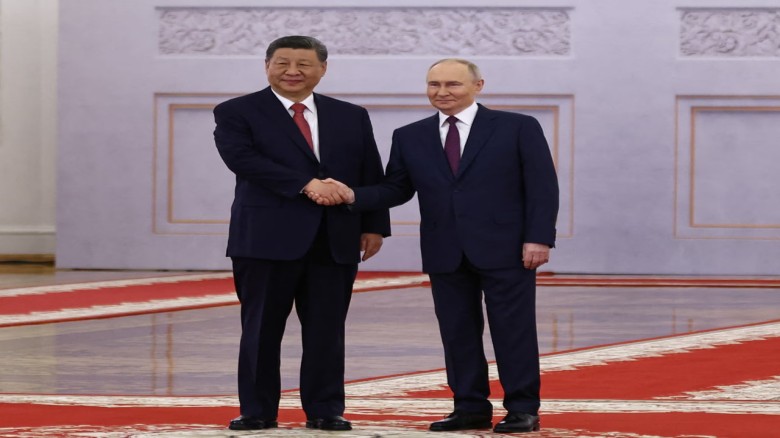

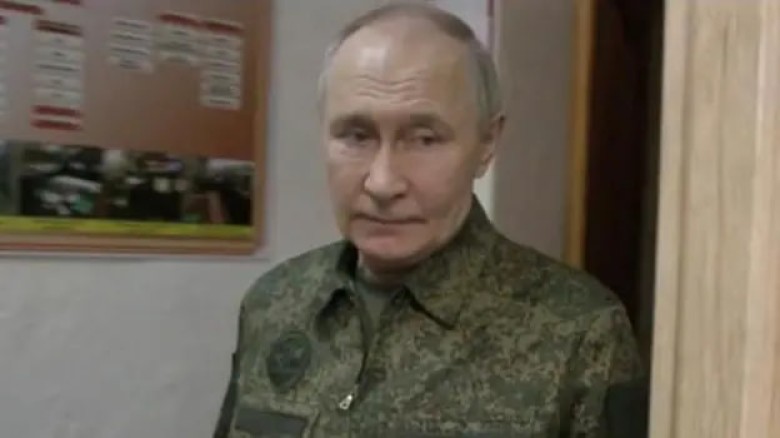





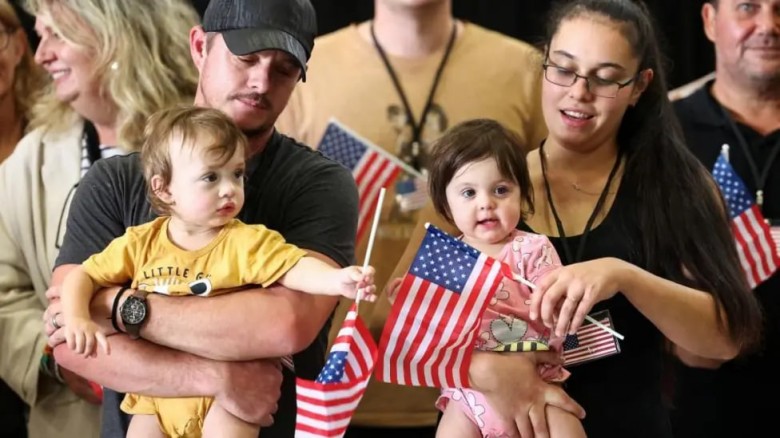




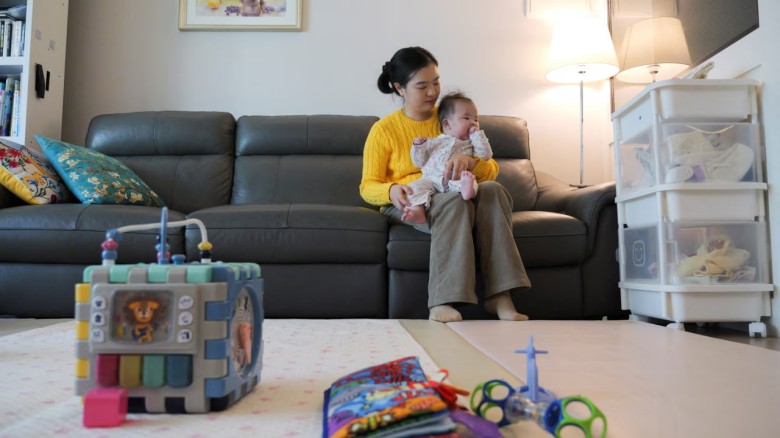







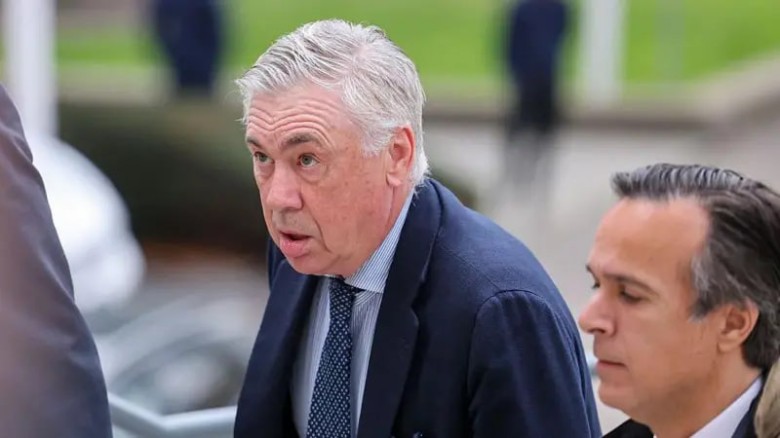





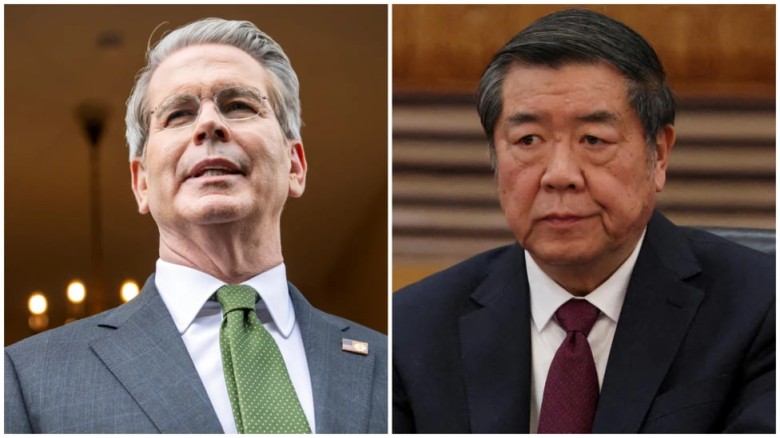


Leave A Comment